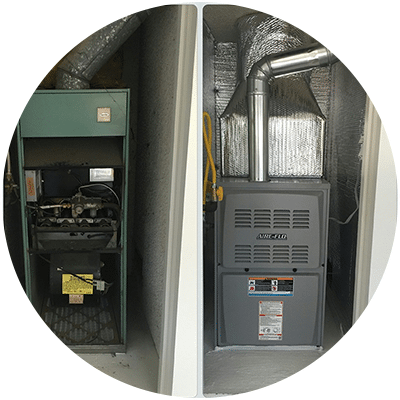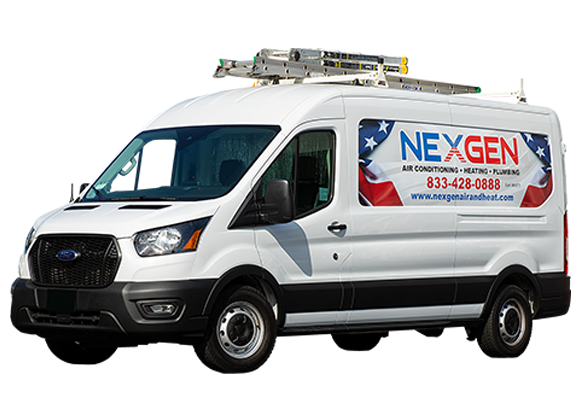Why is My Furnace Leaking Water?

This goes without saying, but you should never see water leaking from your furnace. Ever. This is a solid indicator that something is either dripping, leaking, or not draining properly. Luckily, most of the time this is just a minor problem that can easily be serviced.
Causes of Condensation
While cooling, the evaporator coil and the suction line can create condensation. This is why it is important that these components are properly sealed and insulated. If the insulation on the suction line is missing, it can start leaking. Make sure your coils and suction lines are tight and insulated.
The evaporator produces a lot of condensation during the summer, which eventually makes its way down the coil and into the pan for drainage. Depending on your unit and home setup, the drain funnels outside of the house or into the ground. It can also drain into a condenser pump that will eventually take condensation out to a drainage pipe. If any of the components in this drainage process are dirty, then water can begin to drip onto the floor. This makes yearly cleaning maintenance of your coils extremely important.
No matter where your furnace is installed or what type of furnace you have, it will produce condensation. Furnaces have to drain water in order to work properly, and you or your service technician have to perform yearly maintenance to ensure there's no dirt or blockages in your coils or drainage system.
Be vigilant about your furnace leaking water onto the floor and go through the troubleshooting process of checking your coils and suction line. If there's any water leaking onto the floor, it's usually a simple fix, but if not, please call your local furnace repair technician.
Call NexGen Today
Our expertise and commitment to customer satisfaction make us the leading HVAC company in Southern California. To learn more about our equipment, services, and protection plan,
book an appointment online or call
888-277-0415.





















